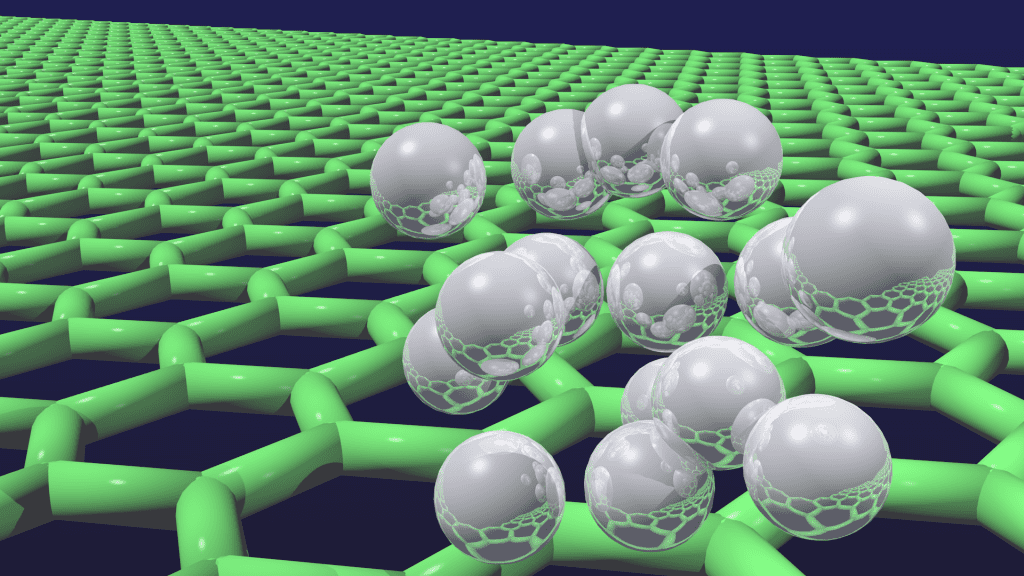A new solar cell prototype developed by Chinese researchers may change the way we use solar panels. The technology, which uses graphene layers to coat the solar panels might have a great future – if it can also be efficient outside the lab.

Solar power is making huge strides, imposing itself more and more as a reliable way of generating renewable energy. But no matter how much the energy conversion rates improve, solar energy will always have an immovable limitation: it only works when there’s sunlight. With that in mind, a team from the Ocean University of China in Qingdao set up to create a new type of solar panel, one that can generate electricity when it’s raining, as well as when it’s sunny.
The key element they employed is graphene – the one atom thick blanket with impressive properties. Graphene has been linked with everything from light bulbs to body sensors to faster internet. In this case, graphene would separate the positively charged ions in rain (including sodium, calcium, and ammonium) and in turn generate electricity. This could happen because rain drops are never pure water (two hydrogen and one oxygen atom), but contain several types of salts in varying quantities.
The team created a flexible cell and coated it with a layer of graphene. They then placed the entire thing on a transparent backing of indium tin oxide and plastic. The positively charged ions bind to the ultra-thin layer of graphene and forming a double layer (technically referred to as a pseudocapacitor) with the electrons already present. The potential energy between these two layers is enough to create an electric current.
The work they’ve done is just a proof of concept, and its figures aren’t really that impressive, but the team is now working on adapting the cell to ions commonly encountered in nature, which will likely bring a better efficiency. So far, they were able to generate 6.53 percent solar-to-electric conversion efficiency from their customised solar panel, which is still respectable. The thing is, graphene will reduce the efficiency of the energy generation through solar light; if they could create more energy from rain drops then what is lost this way, then the solar panels could become commercially viable. The durability of such a device will also have to be tested, as having a one-atom thick layer outdoors seems to be pretty tricky. But so far, results are encouraging – and definitely worth pursuing.
Journal Reference.



